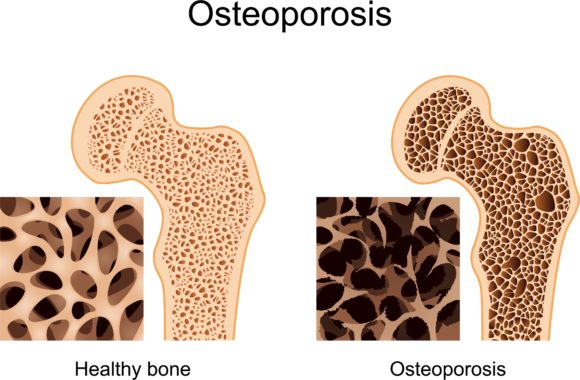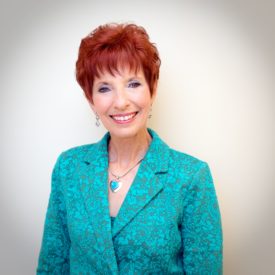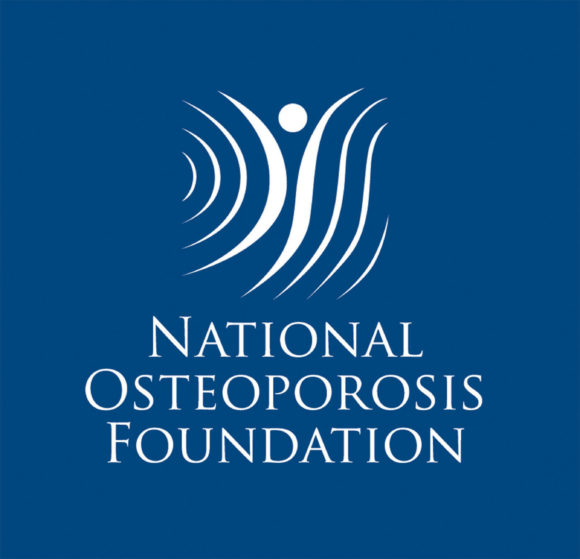 The International Osteoporosis Foundation and its 240-member societies across the globe have issued a call for the public, healthcare professionals and organizations worldwide to raise awareness of bone health by calling for action on osteoporosis and fracture prevention in their communities ahead of observances for World Osteoporosis Day on Oct. 20.
The International Osteoporosis Foundation and its 240-member societies across the globe have issued a call for the public, healthcare professionals and organizations worldwide to raise awareness of bone health by calling for action on osteoporosis and fracture prevention in their communities ahead of observances for World Osteoporosis Day on Oct. 20.
Osteoporosis is a disease that causes bones to become weak and fragile, so that they break easily. In the U.S., the National Osteoporosis Foundation (NOF) is the leading healthcare organization dedicated to bone health. An Ambassadors Leadership Council, comprised of individuals in most of the 50 states in the U.S. and who serve as advocates for those who suffer from osteoporosis, helps to advise the leadership of NOF.

Prof. Kathleen Morgan.
For Kathleen Morgan, professor in the Department of Family and Community Health Sciences at Rutgers, and one of several ambassadors in New Jersey who serve on the council, her interest in osteoporosis is both personal and professional.
“As a National Osteoporosis Foundation Ambassador and a woman with osteoporosis, I am committed to serve as an advocate for those who suffer from osteoporosis,” says Morgan.
“Ambassadors are dedicated to making an impact and sparking a change in the community and for those we serve. This is an area where we can truly make a positive difference through education in the lives of those who have osteoporosis to reduce their risk of fracture,” she adds.
“We are grateful for the well-informed, passionate and persuasive individuals across the country who have joined NOF’s Ambassadors Leadership Council,” says Elizabeth Thompson, CEO of NOF. “Our Ambassadors help make an impact and spark positive change in their communities and share valuable information about resources available to patients, caregivers and healthcare professionals.”
There are two million fractures caused by osteoporosis each year in the U.S. Contrary to popular belief, weak and fragile bones are not a normal part of aging. For individuals over the age of 50 and who have broken a bone, a bone density test is recommended.
There are steps that can be taken to prevent osteoporosis, falls and fractures but the first step is to know the risk factors for developing bone disease. According to NOF, there are a variety of factors that put you at risk for developing osteoporosis:
 Uncontrollable Risk Factors for Osteoporosis
Uncontrollable Risk Factors for Osteoporosis
- Being over age 50
- Being female
- Menopause
- Family history of osteoporosis
- Low body weight/being small and thin
- Broken bones or height loss
Controllable Risk Factors for Osteoporosis
- Not getting enough calcium and vitamin D in your diet
- Not eating enough fruits and vegetables
- Getting too much protein, sodium and caffeine in your diet
- Having an inactive lifestyle
- Smoking
- Drinking too much alcohol
- Losing too much weight
A woman’s risk of breaking a hip due to osteoporosis is equal to her risk of breast, ovarian and uterine cancer combined. And a man, aged 50 or older, is more likely to break a bone due to osteoporosis than he is to get prostate cancer. The essential message is that bone health is an essential part of healthy aging and should be made a priority. For more information about World Osteoporosis Day and how you can protect your bone health, visit NOF.

